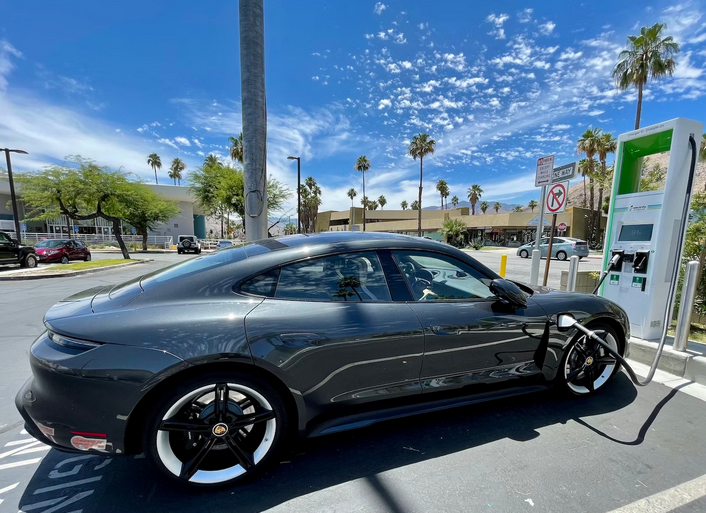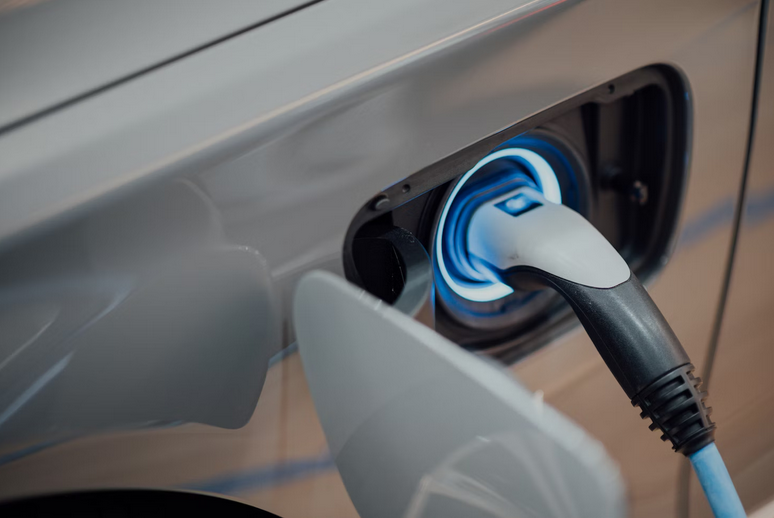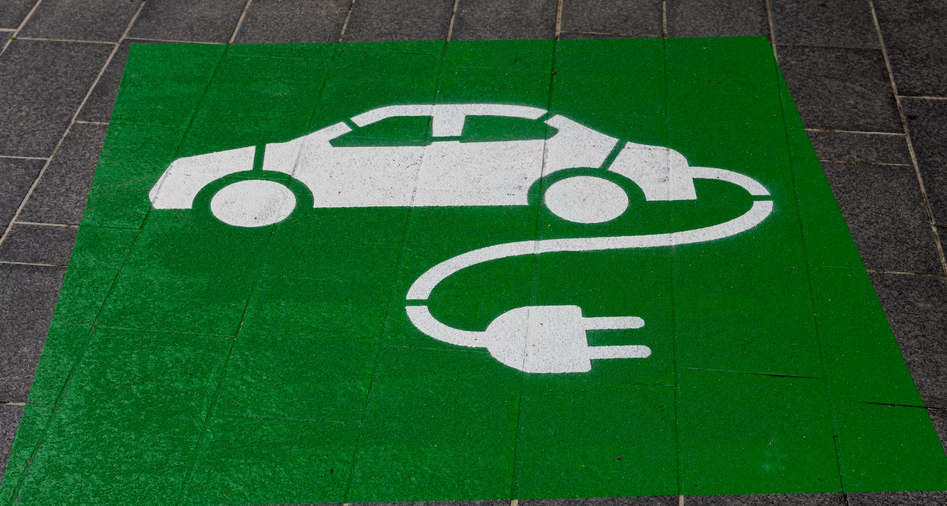So you’ve finally bought your favorite Tesla car. Congratulations! Now, before your car arrives, think about getting an electric car charging station properly installed at your home. Sure, not only does it provide convenience, but it also promotes sustainability and reduces carbon emissions. This is especially true if you get it safely installed by professionals on Canny Electrics’ page.
However, before you jump into the world of EV charging stations, there are a few important factors to consider. We’re here to help you navigate everything from circuit capacity and permits to safety features and location choices.
Circuit Capacity

You may be wondering why this is important in the first place. Well, charging an electric vehicle requires a significant amount of electricity, and you need to ensure that your existing electrical system can handle the load. That’s why be sure to check with a qualified, trustworthy, and professional electrician to determine if your current electrical panel has enough spare capacity for an additional circuit dedicated to the charger. Older homes may have outdated panels that cannot support the increased demand without risking overloading or tripping breakers.
Additionally, keep in mind that different chargers have varying power requirements. Level 1 chargers typically require a standard 120-volt outlet and draw around 8-12 amps. On the other hand, Level 2 chargers run on higher voltage (240 volts) and draw up to 40 amps or more. Therefore, if you plan on installing a Level 2 charger, you will likely need an upgrade to your electrical panel and wiring for proper functionality.
Permits and Regulations
Now, let’s talk about the slightly boring part. While it may seem like a hassle, taking the time to research and comply with these requirements can save you from potential headaches down the road. Before working on your installation project, it is crucial to check with your local authorities regarding any permits that may be required. Each jurisdiction may have different rules and regulations in place for residential charging stations. Some areas may require permits for electrical work or modifications to your property, while others might have specific guidelines for where the charger can be installed.
Safety Features: Smart Chargers


Now comes the fun parts – smart chargers. Smart chargers offer a range of safety features that make them a popular choice among homeowners. These chargers come equipped with advanced technology that provides protection against overcharging, overheating, and short circuits. They also have built-in mechanisms that allow for automatic shut-off when the battery reaches full capacity. Additionally, smart chargers often come with integrated communication capabilities, allowing you to monitor and control the charging process remotely through smartphone apps or web portals. This means you can stay updated on your vehicle’s charging status from anywhere, providing peace of mind and convenience.
Location
The placement of the charging station can impact convenience and accessibility, so it’s worth spending some time thinking about where it should be located. You’ll want to choose a location that allows for easy access to your electric vehicle. Ideally, the charging station should be situated in a spot that is convenient for you to park your car and connect it to the charger without any hassle. This could be in your garage, on your driveway, or even on the side of your house. Another consideration is proximity to electrical infrastructure. It’s crucial that the location you choose has access to sufficient power supply. Additionally, weather conditions should also play a role in determining the ideal location for your charging station.
If you feel a bit confused with these, don’t worry. That’s why you need to enlist the help of professional electricians. These experts have the knowledge and expertise required to handle all aspects of setting up your home charging station safely and efficiently.

